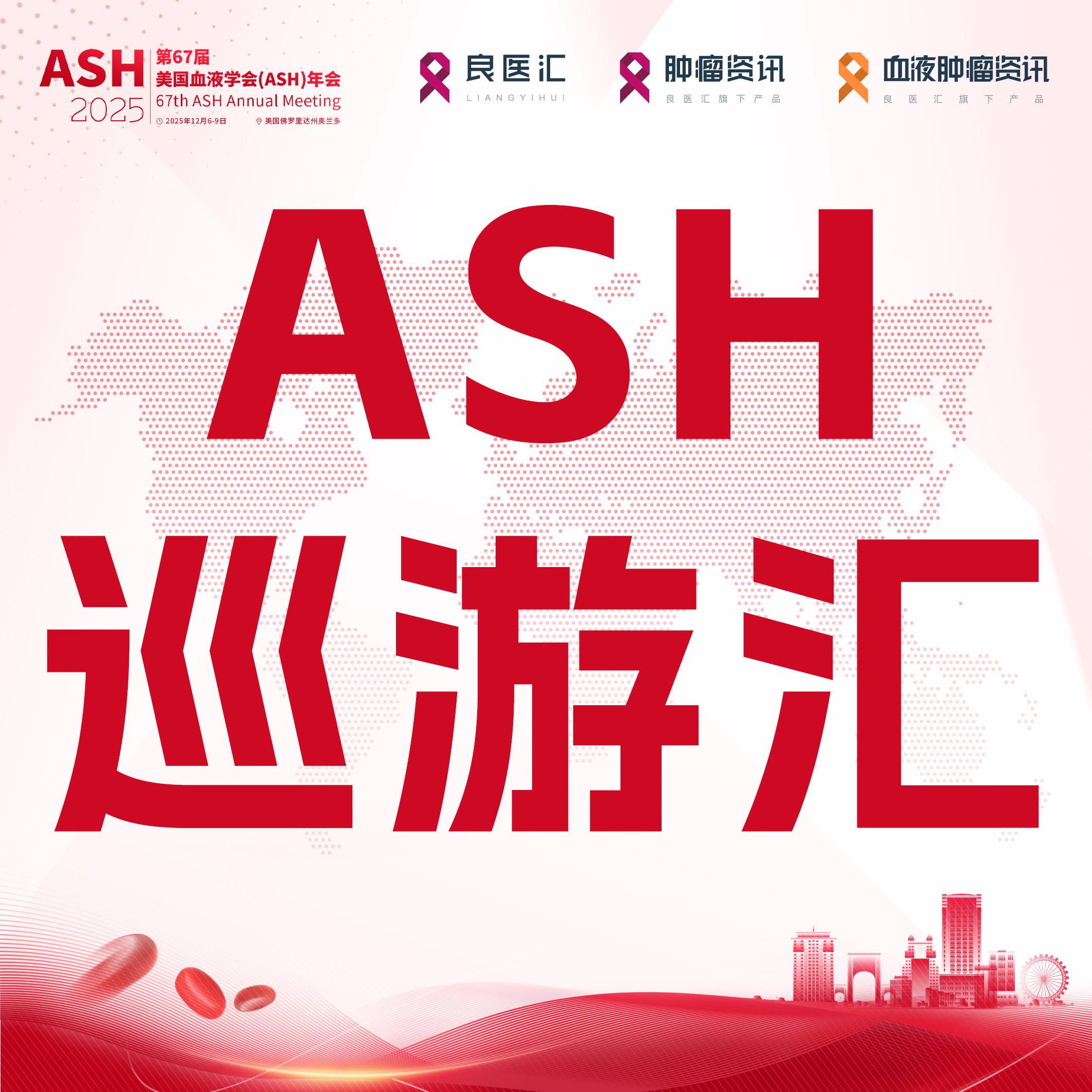
以下内容原文发布于AACR官网的NEWSROOM , 中文内容仅做参考,请点击文末“阅读原文”,阅览原文内容。
第二代prmt5抑制剂靶向数种mtap缺失型癌症的协同致死作用
10月11日至15日,在波士顿举行的AACR-NCI-EORTC 分子靶点与癌症治疗国际会议上公布的一项I期临床试验结果显示,第二代蛋白质精氨酸甲基转移酶5(protein arginine methyltransferase 5,PRMT5)抑制剂AMG193对缺乏甲硫腺苷磷酸化酶(methylthioadenosine phosphorylase,MTAP)的实体瘤患者安全,且初步表现出了抗肿瘤活性。
德克萨斯大学MD安德森癌症中心癌症治疗研究部副教授、Jordi Rodon博士(MD、PhD)解释称:“MTAP的缺失是某种基因改变的结果,在肺癌、胆管癌、胰腺癌、黑色素瘤、间皮瘤等众多肿瘤类型中,10%-15%的肿瘤都存在这一基因改变,涉及的患者人数众多。”
MTAP的缺失会导致某种代谢物的积累,这种代谢物会抑制PRMT5的活性,而PRMT5是一种参与细胞重要功能的酶。这使得肿瘤细胞更易受到额外的PRMT5抑制。Rodon博士补充说:“然而,第一代PRMT5抑制剂并不具备肿瘤特异性,因此具有很高的毒性。”
了解更多内容,请阅读以下原文。
SECOND-GENERATION PRMT5 INHIBITOR TARGETS SYNTHETIC LETHALITY IN SEVERAL CANCER TYPES WITH MTAP LOSS
BOSTON – AMG 193, a second-generation protein arginine methyltransferase 5 (PRMT5) inhibitor, was safe and demonstrated preliminary antitumor activity in patients with solid tumors with methylthioadenosine phosphorylase (MTAP) deficiency, according to results from a phase I clinical trial presented at the AACR-NCI-EORTC International Conference on Molecular Targets and Cancer Therapeutics, held October 11-15 in Boston.
“Loss of MTAP is the consequence of a genetic alteration present in 10-15% of a long list of tumor types, including lung cancer, bile duct cancer, pancreatic cancer, melanoma, mesothelioma, and others, affecting a significant number of patients,” explained presenter Jordi Rodon, MD, PhD, associate professor in the Department of Investigational Cancer Therapeutics at The University of Texas MD Anderson Cancer Center.
Loss of MTAP results in accumulation of a metabolite that inhibits the activity of PRMT5, an enzyme involved in essential cellular functions. This renders the tumor cells vulnerable to additional PRMT5 inhibition. “The first generation of PRMT5 inhibitors, however, were not tumor-specific and were, therefore, associated with high toxicity,” added Rodon.
AMG 193 belongs to a class of compounds called MTA-cooperative PRMT5 inhibitors. These second-generation PRMT5 inhibitors are designed to suppress PRMT5 function specifically in MTAP-null cells while sparing it in healthy cells, thus selectively killing the tumor cells, Rodon explained.
Rodon and colleagues tested AMG 193 in a first-in-human phase I clinical trial that involved 47 patients with MTAP-null solid tumors, including 10 patients with pancreatic ductal adenocarcinoma, six patients with non-small cell lung cancer, five patients with cholangiocarcinoma (bile duct cancer), three patients with mesothelioma, and 23 patients with other cancer types. Study participants were enrolled in seven dose-escalating cohorts to identify the recommended phase II dose.
AMG 193 was safe and did not result in bone marrow toxicity, which was an issue with first-generation PRMT5 inhibitors. “We demonstrated that AMG 193 did not cause significant neutropenia and thrombocytopenia and had a wide therapeutic window that allowed it to target PRMT5 at low doses,” said Rodon.
The most common adverse events were gastrointestinal toxicities associated with higher dose levels. “We suspect this might be related to the number of pills that patients had to take to achieve the higher dosage, and we are working to develop an improved formulation to address this issue,” said Rodon.
Among 31 patients who received at least one scan after starting therapy, five patients with different tumor types experienced a partial response (PR), 14 patients had stable disease (SD), and 12 patients had disease progression. Notably, the PRs were durable and were ongoing at the time of data analysis, when patients had been on treatment for 140–275 days.
In addition, nine patients with SD experienced some degree of tumor shrinkage, although not enough to qualify these effects as PRs. “The mechanism of action of this type of drug may be slow, so we expect the antitumor response to also be slow,” said Rodon. “It is possible that with longer follow up, those cases of minor tumor shrinkage may achieve the status of PR.”
Further analyses demonstrated complete PRMT5 inhibition at different dose levels and molecular changes in circulating tumor DNA that correlated with the antitumor response.
“This study is a proof-of-concept that we now have a class of drugs to efficiently target the MTAP genetic alteration in different tumor types, opening a new scenario of synthetic lethality that can be leveraged for cancer therapy,” said Rodon. “Furthermore, based on its mechanism of action and the fact that it was very well tolerated, there are opportunities for potentially combining AMG 193 with other treatments to make this approach even more potent.”
Rodon noted some challenges the researchers faced in advancing this study. These are related to the infrequent testing of patients for MTAP loss, the lack of awareness about this genetic alteration among physicians, and the skepticism towards PRMT5 inhibition therapy caused by the toxicity of first-generation molecules.
Limitations of the study include the small size and heterogeneity of the patient population, due to which it was not possible to determine whether some tumor types responded better than others. In addition, patients were heavily pretreated, which, according to Rodon, may limit the impact of the treatment.
The study was funded by Amgen.
Rodon reported non-financial support and reasonable reimbursement for travel from the European Society for Medical Oncology and Loxo Oncology. He received consulting and travel fees and served on the scientific advisory board of Ellipses Pharma, Molecular Partners, IONCTURA, Sardona, Mekanistic, Amgen, Merus, MonteRosa, and Aadi. Rodon received consulting fees from Vall d’Hebron Institute of Oncology/Ministerio De Empleo Y Seguridad Social; Chinese University of Hong Kong; Boxer Capital, LLC; Tang Advisors, LLC; and Guidepoint. He received research funding from Blueprint Medicines, Merck Sharp & Dohme, Hummingbird, AstraZenneca, Yingli, and Vall d’Hebron Institute of Oncology/Cancer Core Europe. Rodon served as investigator in clinical trials with Cancer Core Europe, Symphogen, BioAlta, Pfizer, Kelun-Biotech, GlaxoSmithKline, Taiho, Roche Pharmaceuticals, Hummingbird, Yingli, Bicycle Therapeutics, Merus, AadiBioscience, ForeBio, Loxo Oncology, Hutchinson MediPharma, Ideaya, Amgen, Tango Therapeutics, Mirati, Linnaeus Therapeutics, MonteRosa, Kinnate, Yingli, Debio, BioTheryX, Storm Therapeutics, Beigene, MapKure, Relay, Novartis, FusionPharma, C4 Therapeutics, Scorpion Therapeutics, Incyte, Fog Pharmaceuticals, Tyra, and Nuvectis Pharma.
阅读更多内容,请点击“阅读原文”
排版编辑:肿瘤资讯-Astrid











 苏公网安备32059002004080号
苏公网安备32059002004080号


